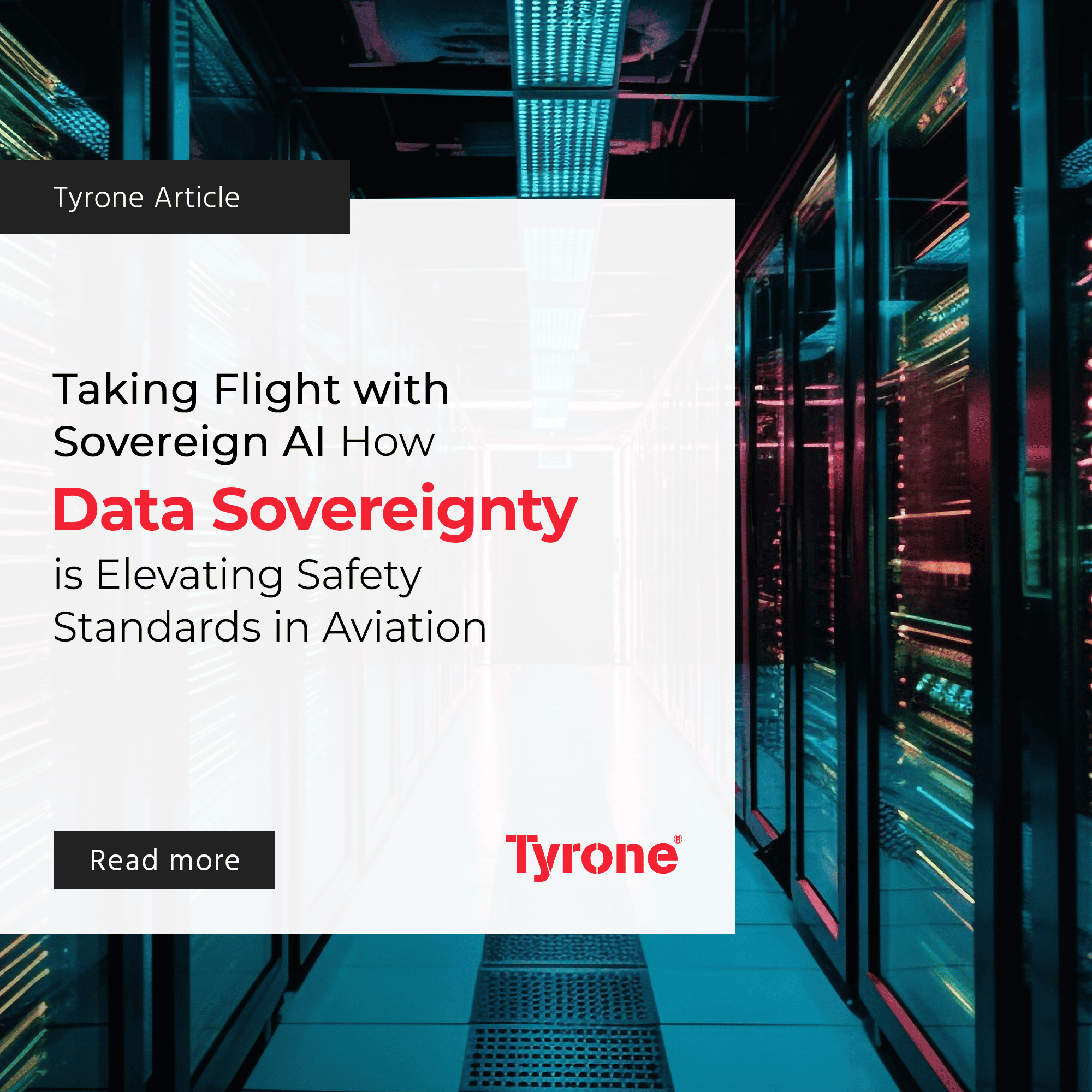Aviation has always been at the forefront of technological advancements. The integration of Artificial Intelligence (AI) into autonomous navigation systems is no exception, offering immense potential for enhancing safety and efficiency. However, the increasing reliance on AI-driven technologies in aviation brings new regulatory challenges and highlights the importance of data sovereignty. This article explores how data sovereignty is being leveraged to elevate safety standards in the aviation industry, focusing on the implications for stakeholders.
The Importance of Data Sovereignty in Aviation
Understanding Data Sovereignty
Data sovereignty refers to the concept wherein data is subject to the laws and governance structures within the nation it is collected. For the aviation industry, this means that the data generated by AI-driven drones and other navigational systems must comply with both local and international regulations. Given the cross-border nature of aviation, ensuring data sovereignty becomes critical to maintaining robust safety standards.
Ensuring Regulatory Compliance
As AI technologies become integral to drone navigation, establishing clear safety standards is paramount. Regulations must ensure that AI systems are designed, implemented, and operated in a manner that prioritizes safety and compliance. This involves setting stringent guidelines on data handling, storage, and processing to uphold data sovereignty principles. Governmental bodies and aviation authorities must work collaboratively to create a cohesive regulatory framework that guarantees data protection across jurisdictions.

Elevating Safety Standards through AI and Data Sovereignty
Mitigating Cyber Risks
One of the primary concerns in utilizing AI for aviation is the risk of cyber incidents. As highlighted by the global IT outage on July 19, 2024, caused by a faulty software update, the repercussions for the aviation industry were significant. The incident affected 8.5 million systems globally, with the airline sector experiencing severe disruptions, including cancelled flights and passenger inconveniences (Source: InternationalInsuranceSociety). This event underscores the necessity for comprehensive cybersecurity measures and rigorous patch management protocols to mitigate risks and ensure operational continuity.
Systemic Approach to Cybersecurity
A systemic approach to cybersecurity incorporates data sovereignty by emphasizing the protection of data through robust frameworks that prevent human errors and malicious attacks. Utilizing causal AI reasoning allows for more effective risk assessment, enabling the identification and prioritization of critical vulnerabilities. This approach reduces the likelihood of incidents similar to the 2024 IT outage, fostering a safer and more resilient aviation environment.
Real-time Monitoring and Incident Response
Real-time monitoring of AI systems is crucial in maintaining data integrity and safety. Implementing digital twin technology, which creates virtual replicas of physical systems, allows for continuous tracking of AI processes and data in real time. This technology ensures transparency and accountability, providing stakeholders with assurance that AI-driven systems are operating within predefined safety parameters (Source: InternationalDataSpaces).
Implementing Data Sovereignty in AI-driven Aviation Systems
Adopting Risk-based Frameworks
Safety in AI-driven aviation systems can be significantly enhanced by adopting a risk-based framework for managing cyber vulnerabilities. This involves evaluating each vulnerability based on exploitability, business impact, and exposure, and prioritizing patch management efforts accordingly. Automation plays a key role in this process, reducing the margin for human error while ensuring timely remediation of critical vulnerabilities.
Collaboration and Education
A collaborative approach is essential for effective data sovereignty management. Stakeholders, including IT and cybersecurity teams, must work together to develop shared metrics and reporting systems that foster a comprehensive understanding of patching practices and cyber risk management. Educational initiatives should also be in place to keep all relevant parties informed about the latest developments in cybersecurity and AI integration.
The Future of AI and Data Sovereignty in Aviation
Leveraging Blockchain Technology
Blockchain technology offers a promising solution for enhancing data sovereignty in AI-driven aviation systems. By providing a secure and immutable record of all data transactions, blockchain ensures that any changes to data or infrastructure are detected and addressed in real time. This level of traceability and accountability is invaluable in maintaining high safety standards and preventing unauthorized alterations or breaches (Source: Restack).
Integrating Advanced Technologies
The aviation industry must continuously innovate to stay ahead of emerging threats and technological advancements. Combining AI with 5G, edge computing, and other cutting-edge technologies can further enhance the capabilities of AI-driven systems. These integrations allow for rapid scaling and improved operational efficiency, all while maintaining the integrity and sovereignty of data.

Conclusion
Data sovereignty is a critical component in the evolution of AI-driven navigation systems within the aviation industry. By prioritizing robust cybersecurity measures, real-time monitoring, and collaborative approaches to risk management, the industry can elevate safety standards and ensure compliance with regulatory requirements. As the sector embraces advanced technologies and innovative solutions, stakeholders must remain vigilant and proactive in safeguarding the sovereignty and integrity of their data, ultimately enhancing the overall safety and reliability of aviation operations.











